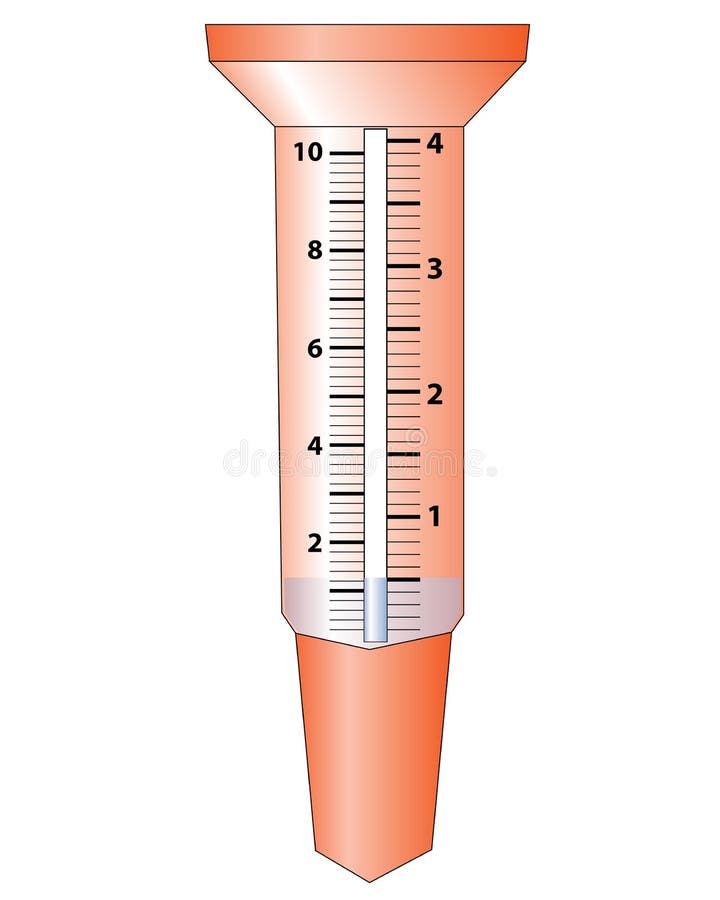How a Rain Gauge Can Improve Your Recognizing of Local Environment Patterns
How a Rain Gauge Can Improve Your Recognizing of Local Environment Patterns
Blog Article
Introducing the Scientific Research Behind Rainfall Evaluates: Exactly How These Devices Play an Important Duty in Climate Research Study and Ecological Monitoring
Rainfall determines, seemingly basic gadgets, hold a profound relevance in the world of environment research and environmental tracking. These humble instruments quietly gather one of nature's most crucial aspects-- rains. Yet, behind their unpretentious exterior lies a complex science that is indispensable for understanding the characteristics of our environment. As we peel back the layers of this clinical veil surrounding rain determines, we reveal a globe where accuracy, information accuracy, and meticulous observation converge to unveil a deeper understanding of our transforming climate and its effect on the planet.
Significance of Rain Gauges
Rain gauges play an important role in monitoring and gauging rainfall levels, providing essential information for climate research study and analysis. These gadgets are fundamental in measuring the quantity of rainfall that occurs in a specific location over a certain period. By accumulating and determining rainwater, rain gauges deal useful insights right into the circulation and intensity of rainfall, helping meteorologists, hydrologists, and climatologists in understanding climate patterns and patterns.
In addition, long-lasting information gathered from rain assesses helps in evaluating environment adjustment impacts and patterns, contributing considerably to clinical study and decision-making processes. In essence, rain gauges serve as crucial devices in the area of weather forecasting and ecological scientific research, playing a crucial function in advancing our understanding of weather and climate dynamics.
Sorts Of Rainfall Scales

Functionality and Operation
In the world of climate research and meteorological research studies, the effectiveness of rain gauges lies in their intricate functionality and precise functional devices. Rainfall determines are made to properly determine the amount of precipitation that drops over a specific area throughout a set period. These tools usually are composed of a funnel that accumulates rain and channels it right into a determining tube. The measuring tube is marked with adjusted dimensions that permit the precise quantification of rainfall.
The performance of rainfall evaluates is based upon the principle of measuring and accumulating rainwater in a standard manner. This gathered information is vital for comprehending local climate patterns, tracking long-term environment fads, and analyzing environmental influences. To make sure exact measurements, rainfall determines requirement to be purposefully placed in open locations away from obstructions such as structures or trees that could disrupt the collection procedure.
The operational aspect of rainfall assesses entails routine upkeep to stop particles build-up, calibration checks to preserve measurement accuracy, and data tape-recording for analysis (rain gauge). On the whole, the functionality and operation of rain determines are crucial for gathering trustworthy rainfall information vital to climate study and ecological surveillance
Role in Climate Research
Offered the important value of precise precipitation measurements in recognizing climate patterns and environmental effects, the role of rainfall gauges in climate research study is crucial. Rainfall determines offer crucial information for environment study by measuring the amount of precipitation that falls over a certain area during a given duration. This data is important for checking long-lasting patterns in precipitation patterns, assessing the influence of environment adjustment on rainfall distribution, and improving environment models.

Environment researchers make use of data accumulated from rain gauges to internet assess variations in precipitation levels, recognize local climate trends, and evaluate the efficiency of water resource management strategies. By contrasting historical rainfall data with existing measurements, researchers can discover changes in precipitation patterns, such as adjustments in the frequency or strength of rainfall events. This details is important for recognizing just how environment change is affecting rainfall dynamics and can assist policymakers make informed choices concerning adjustment and reduction techniques.
Applications in Ecological Surveillance

In flooding projecting, rain gauge data aids to track rains intensity and distribution, enabling authorities to why not find out more issue prompt cautions and take essential measures to mitigate flooding dangers (rain gauge). Drought monitoring depends on rain scale information to examine wetness levels in the dirt and track precipitation shortages, aiding in the identification of drought-prone locations and the application of dry spell action approaches
Moreover, rainfall scale data plays a crucial duty in water resource administration by providing info on water schedule and usage patterns. In addition, in agriculture, rain scale information helps farmers in optimizing irrigation routines, plant option, and general ranch monitoring practices based on regional rainfall patterns.
Conclusion
To conclude, rainfall assesses are crucial devices for measuring precipitation, supplying useful information for environment research study and ecological surveillance. With different kinds and capabilities, rainfall assesses play a critical function in comprehending precipitation patterns and their influence on the atmosphere. By properly determining rains, these tools add to the development of scientific knowledge and help in making educated decisions related to water resource administration and catastrophe preparedness.
Rain evaluates play a crucial duty in this contact form tracking and determining precipitation levels, offering vital data for environment study and analysis. The basic rain gauge, recognized as the "tipping pail" gauge, is one of the most commonly made use of tools. Ultrasonic rain determines use noise waves to discover the presence of rain, giving real-time data on precipitation degrees.Climate researchers make use of data gathered from rain determines to examine variations in rainfall levels, identify local climate patterns, and evaluate the performance of water resource management approaches.In final thought, rain assesses are vital devices for determining precipitation, offering useful information for climate study and environmental monitoring.
Report this page